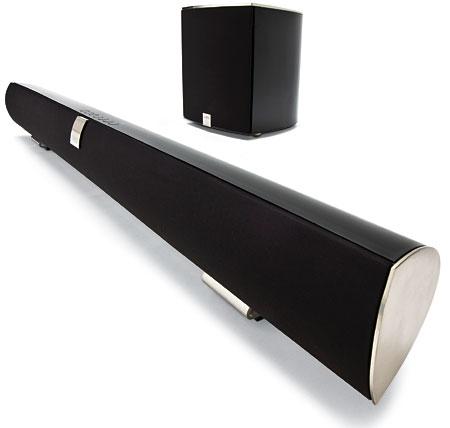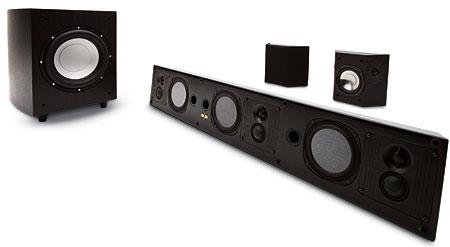Soundbar Reviews
Sort By: Post Date TitlePublish Date
|
Jun 15, 2009 |
|
Apr 20, 2009 |
|
Mar 30, 2009 |
|
Jan 12, 2009 |
|
Aug 25, 2008 |
|
Jul 27, 2008 |
|
May 12, 2008 |
|
Dec 03, 2007 |
|
Jan 11, 2006 |
|
Oct 15, 2005 |
First Published: Oct 30, 2005 |
|
Apr 17, 2005 |

 Price: $350 At A Glance: First soundbar to use SRS TruVolume audio processing • Operates on stereo signals • Wireless sub works with no setup hassles
Price: $350 At A Glance: First soundbar to use SRS TruVolume audio processing • Operates on stereo signals • Wireless sub works with no setup hassles
















